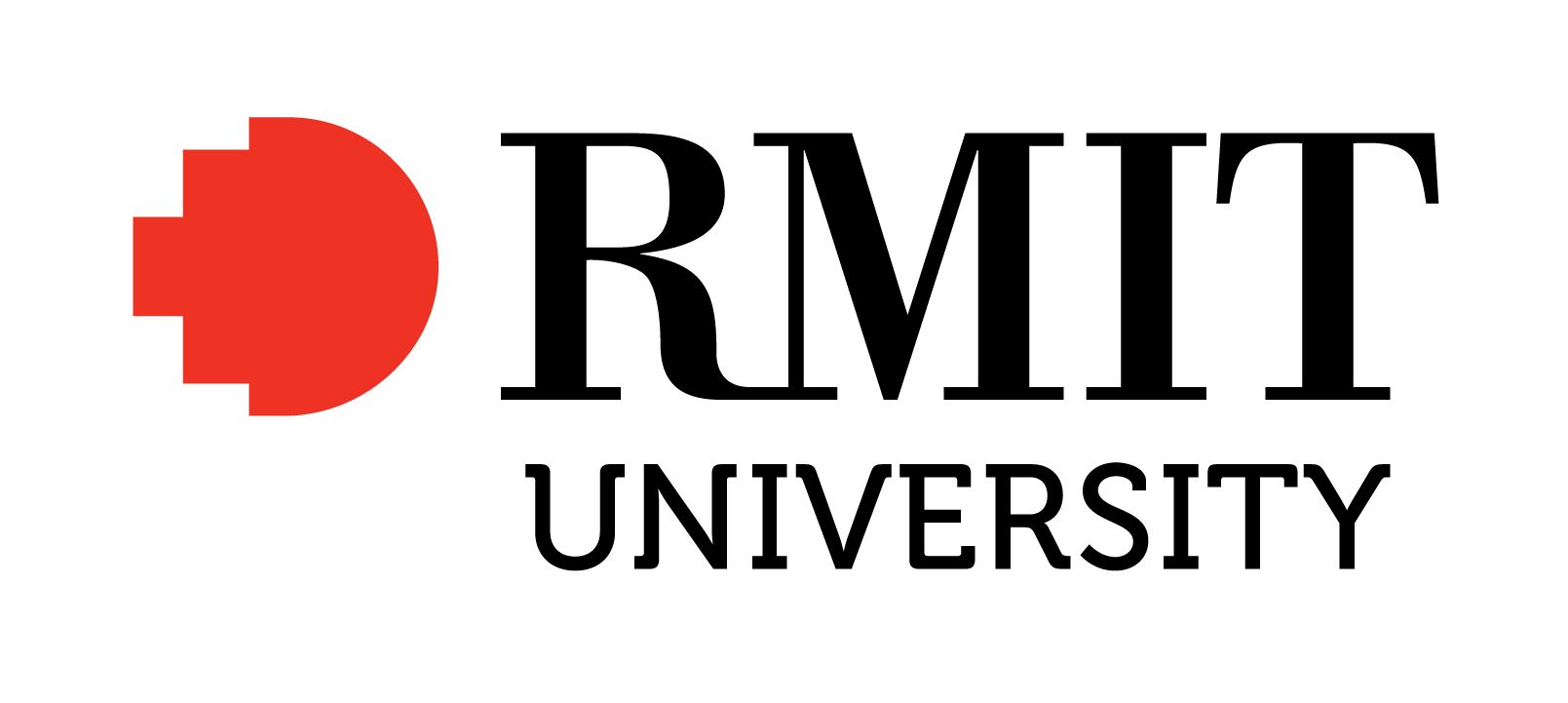Full description
RESEARCH BACKGROUND:Lyons Architects won the commission for the La Trobe Institute for Molecular Science from a design competition sponsored by the Australian Institute of Architects. It is designed as a world-class facility for molecular science, biotechnology and nanotechnology research, teaching and learning. The $55m, 6 storey building provides approximately 2700m² of learning space - including wet and dry labs - on the lower three levels, and 18 research labs on the upper floors. RESEARCH CONTRIBUTION: Lyons' architecture sought a transformative effect in terms of the architecture and identity of the campus by breaking the mould of existing 1960s and 1970s architecture. The work brings together conceptual and functional expressions based on the integration and flow of research activities and collaborations between researchers and students, eg. the façade is visually a metaphorical expression of cellular research, and the flow of the building is designed around the University's model for creating student pathways. The project demonstrates Lyon's ongoing research and experimentation into architecturally technical projects, folding together the deeply conceptual and the deeply functional in complex syntheses. It is also a contribution to sustainable architecture, receiving 5 Star Green Star (Design) from the Green Buildings Council of Australia. RESEARCH SIGNIFICANCE: The project won Commendation for Public Architecture at the 2013 AIA Victorian Architecture Awards. The AIA awards are the most prestigious in the design and construction industry in Australia, vital to public and peer recognition of outstanding contributions in the fields of architecture and the built environment. The project received extensive peer review: Who*s Who, International Magazine of Space Design (Vol 106, 2013, pp 36-43), A+I Architecture + Interiors Magazine, (Vol 34, 2013, pp76-83) and online in: Designboom, Architecture Australia, Dezeen and ArchDaily (all Apr 2013).Issued: 2013-01-01
Created: 2024-10-30
Subjects
User Contributed Tags
Login to tag this record with meaningful keywords to make it easier to discover
Identifiers
- DOI : 10.25439/RMT.27348057.V1



